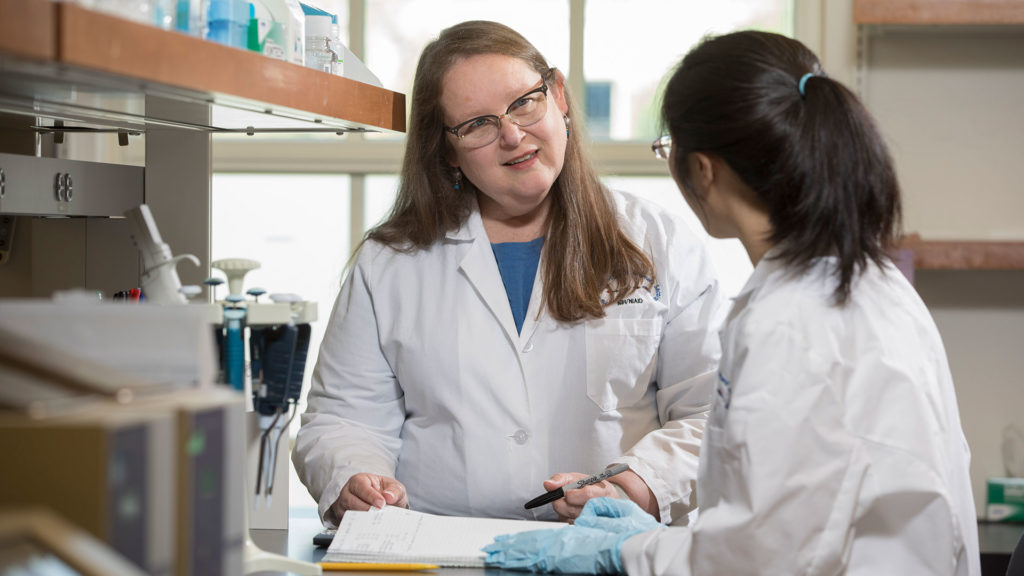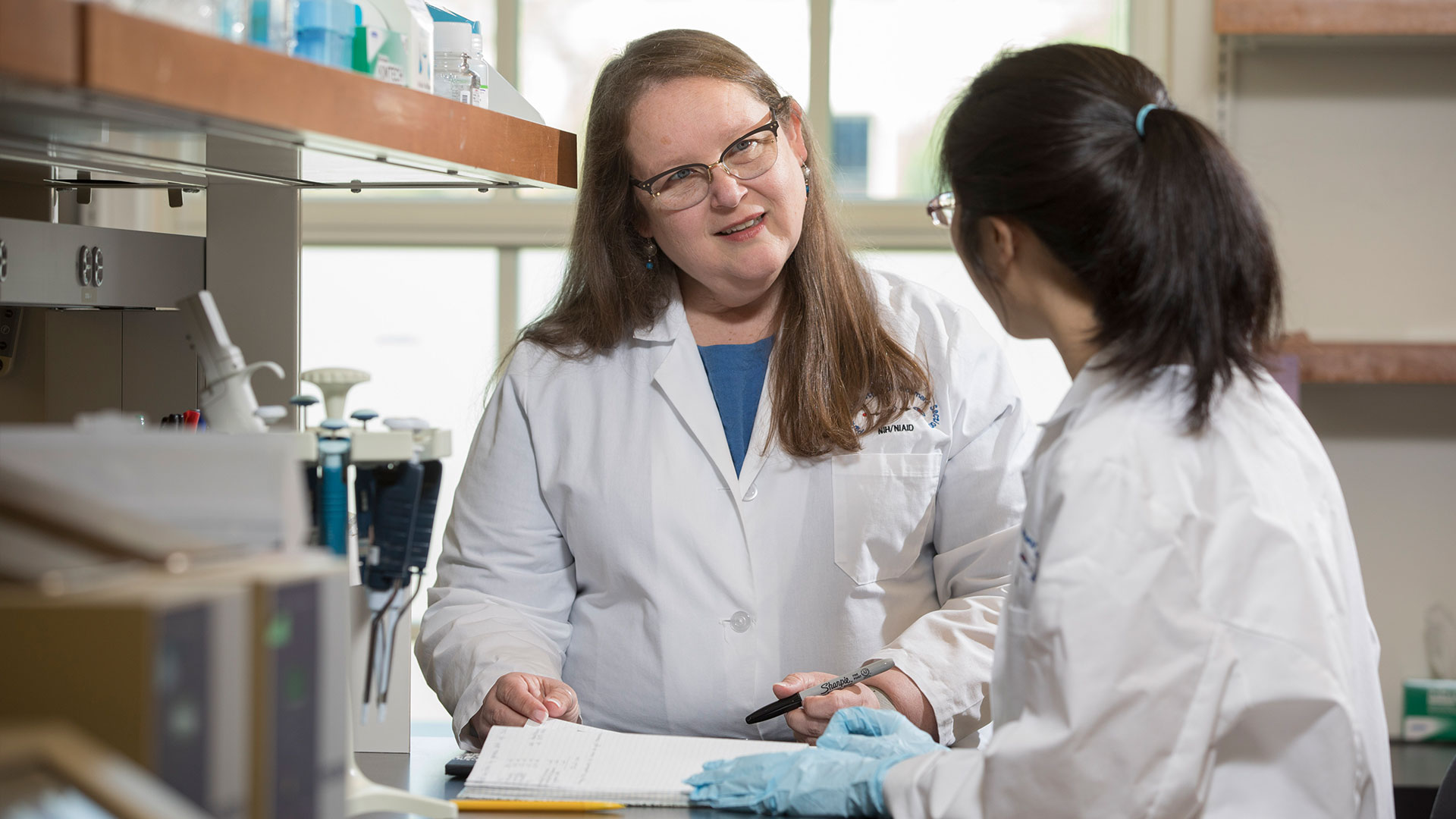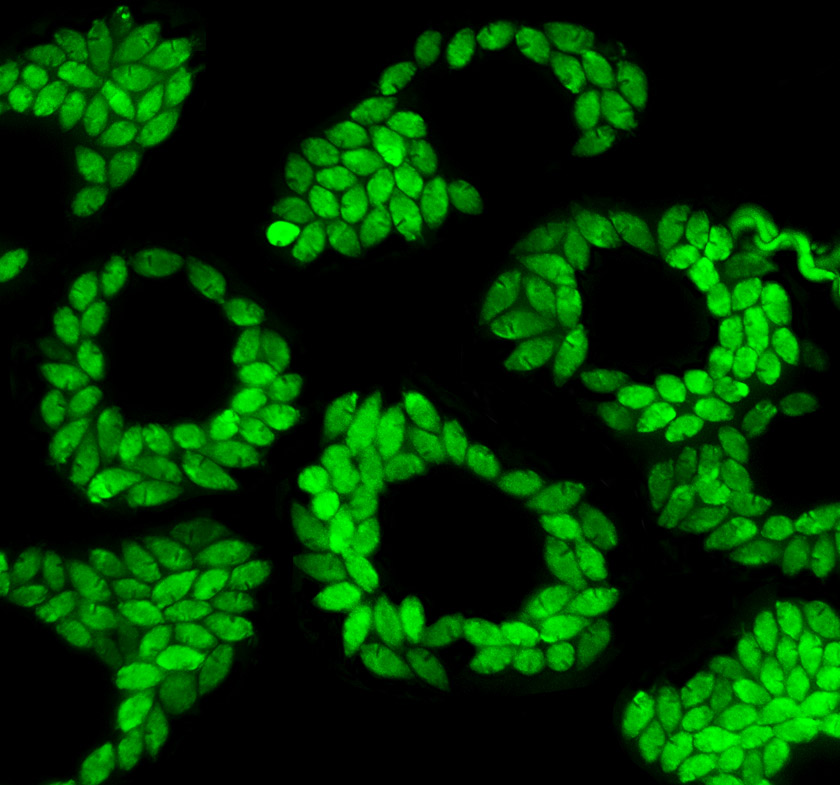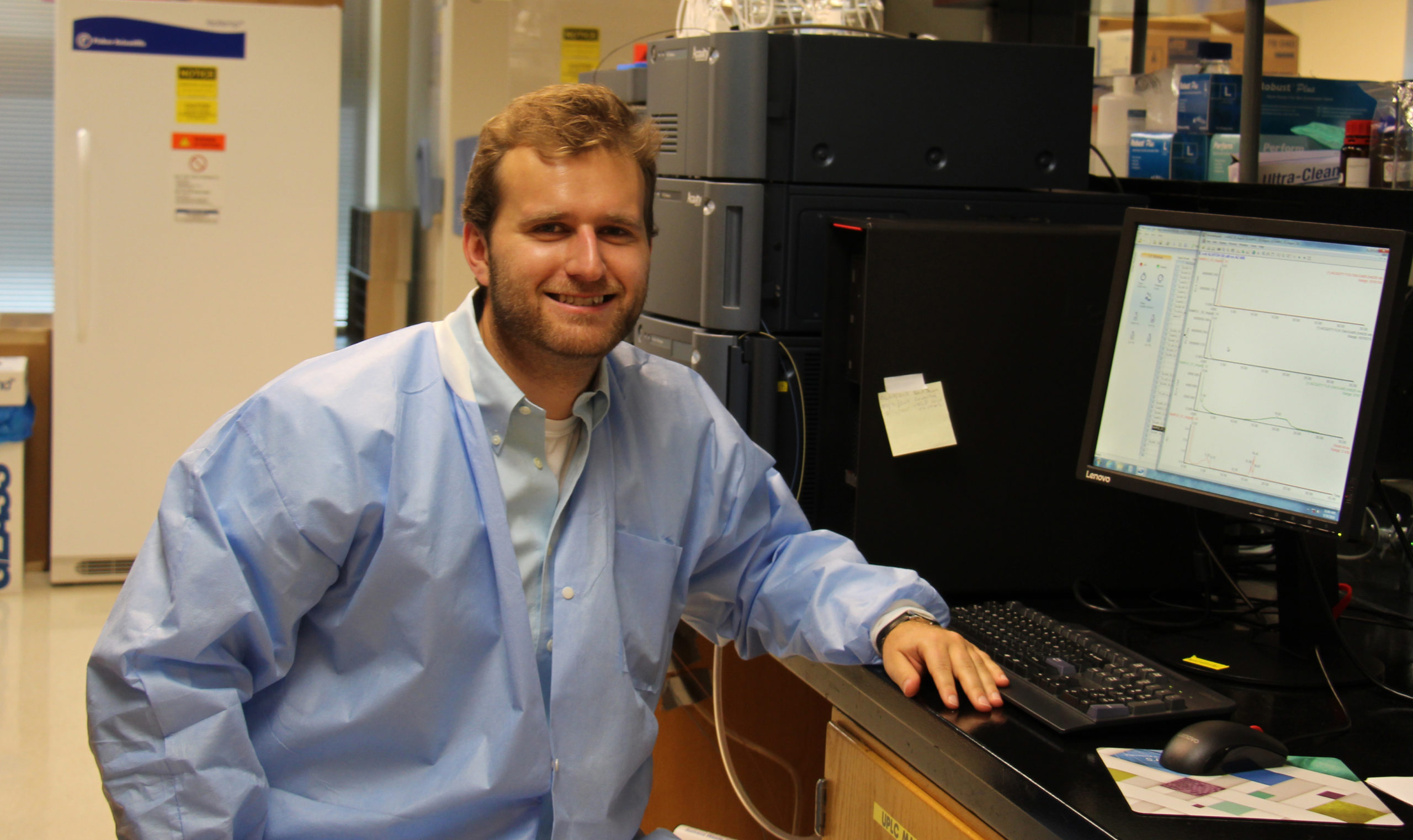Jessica Kissinger elected as AAAS Fellow

Three University of Georgia faculty have been named Fellows of the American Association for the Advancement of Science.
In a tradition stretching back to 1874, these individuals are elected annually by the AAAS Council for their extraordinary achievements leading to the advancement of science. Fellows must have been AAAS members for at least four years.
“Researchers are elected Fellows of the AAAS by their peers in recognition of significant contributions to their field,” said Karen Burg, vice president for research. “As we expand our research and innovation ecosystem, it’s exciting to see our faculty continue to be honored for their superb scholarship. I congratulate all of them on this wonderful achievement.”
The 2021 class of AAAS Fellows includes 564 scientists, engineers and innovators spanning 24 scientific disciplines who are being recognized for their scientifically and socially distinguished achievements. The new Fellows will be honored at the annual AAAS meeting in Philadelphia, Feb. 17-20. Along with the rest of their 2021 class, UGA’s three new Fellows will receive an official certificate and a gold and blue rosette pin whose colors represent science and engineering.
Including these three, 37 faculty at UGA are Fellows of the American Association for the Advancement of Science.
UGA’s 2021 AAAS Fellows are:
James E. Byers: Meigs Distinguished Teaching Professor and associate dean for research and operations in the Odum School of Ecology, Byers was selected for distinguished contributions to the field of ecology, particularly in invasion biology, parasite ecology, ecosystem engineering and range boundaries in marine environments, as well as excellence in teaching.
Jessica Kissinger: Distinguished Research Professor of genetics in the Franklin College of Arts and Sciences and a member of the Center for Tropical and Emerging Global Diseases, Kissinger was selected for distinguished contributions to the field of the evolution of infectious diseases, particularly for bioinformatics approaches.
Patricia Yager: Professor of marine science in the Franklin College, Yager was selected for outstanding work on climate-driven processes and their impact on marine ecosystems.
To view a list of all AAAS Fellows from UGA, visit the Office of Research website.
The story by Ian Bennet first appeared on UGA Today.








